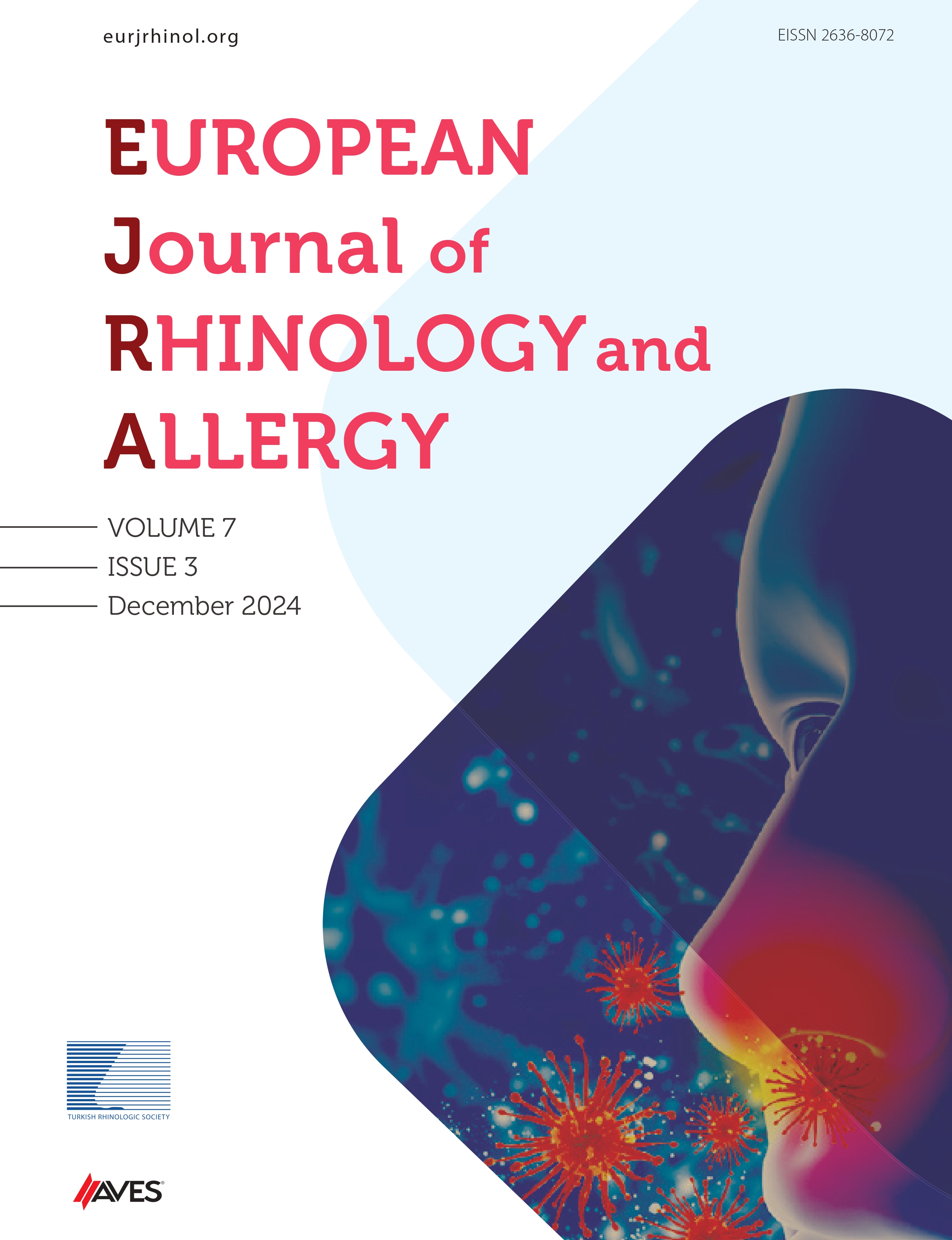Objective: Surgery is frequently used to treat inferior turbinate hypertrophy, and post-surgical bleeding is the most common complication. This study aims to evaluate the whole turbinate in terms of the vascular structures histologically from the anterior to posterior and to determine regional diferences and, if any, clinical implications.
Methods: Eight fresh-frozen cadavers were examined macroscopically. Thirteen selected turbinates were divided into 7 right and 6 left inferior turbinates. Ten randomized sections were obtained from each one-third section. On a light microscope, these sections were counted along the entire section with the artery and vein structures at high magnifcation. In the calculation of arterial cross-sectional area, vessel diameters were measured in the transverse plane and grouped as anterior, middle, and posterior.
Results: In the anterior one-third, the mean value for arterial sections was 33.25, and the mean value for venous sections was 308. In the middle one-third, the mean values for arterial sections were 56.13, and the mean values for the venous sections were 663.63. In the posterior one-third, the mean values for arterial sections were 35.63, and the mean values for venous sections were 445.88. Statistical analysis with one-way ANOVA showed that the diference between the regions for venous structures was P=.202, and for arterial structures was P=.449
Conclusion: According to the outcomes of our study, contrary to what was previously known about surgical techniques applied to inferior turbinate hypertrophies, bleeding can occur, whichever part of the turbinate is operated on.
Cite this article as: Tarhan C, Oltulu F, Gode S, Bilge O, Yavasoglu A, Midilli R. Topographic anatomy and histology of inferior turbinate’s vascular structures: A cadaveric study. Eur J Rhinol Allergy 2024;7(1):1-7.

.png)

.png)